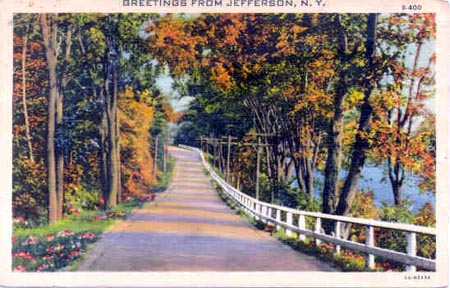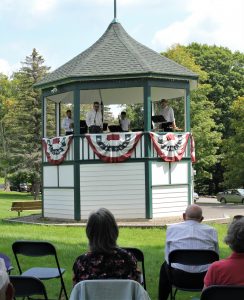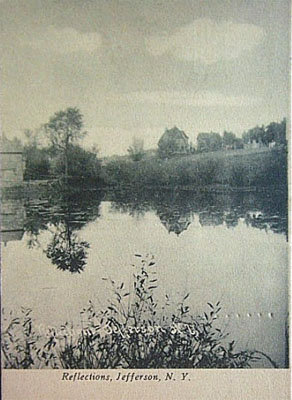A Brief History of the Town of Jefferson
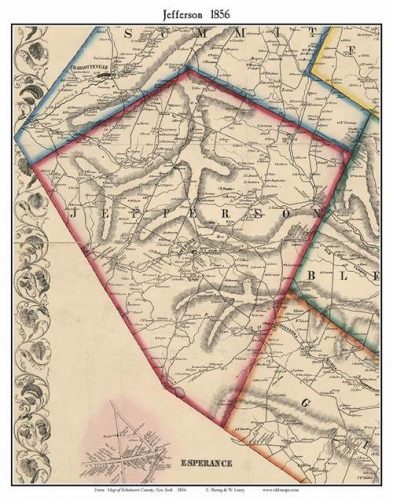
Submitted by:
Jefferson Historical Society President Kevin Berner and Treasurer Stephanie Ruquet
With special thanks to town Historian Ingrid Zeman
In the southwest corner of Schoharie County, nestled among peaks of the Catskills, lies Jefferson, a town blessed with natural beauty, an abundance of wildlife, enterprising citizenry, and a rich history. Its mountain springs and rills are sources of three great river systems of the Northeast: the Delaware, Susquehanna, and Hudson.
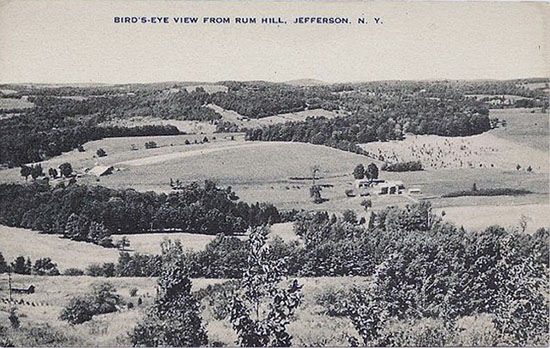
The original settlers who arrived in the early 1790s were hardworking, progressive New Englanders who carved their community from the town of Blenheim and incorporated it in 1803. The town and its people prospered and grew, and by the time of its first federal census in 1810 the population had increased to 1740, several hundred more than today’s Jefferson.
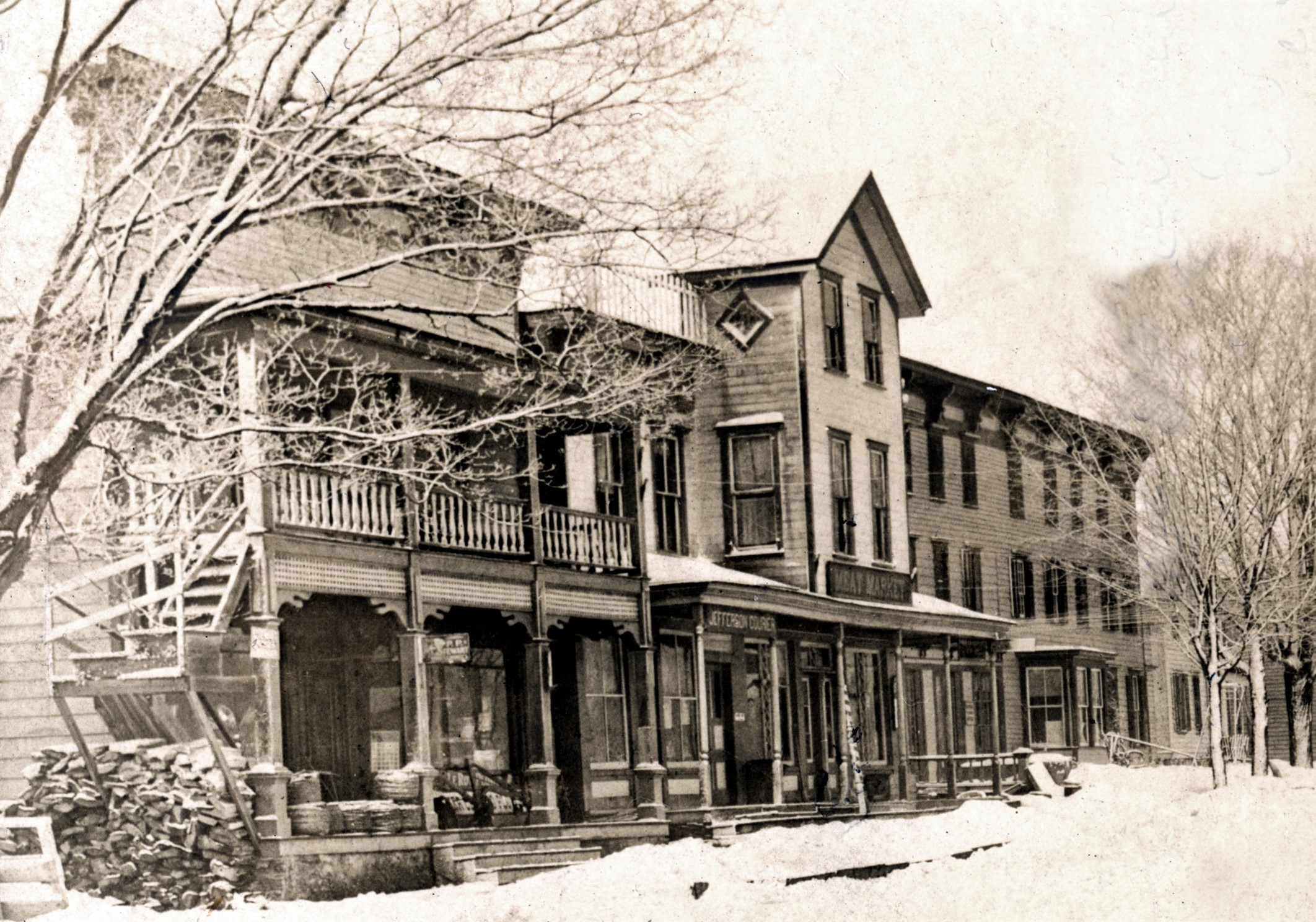
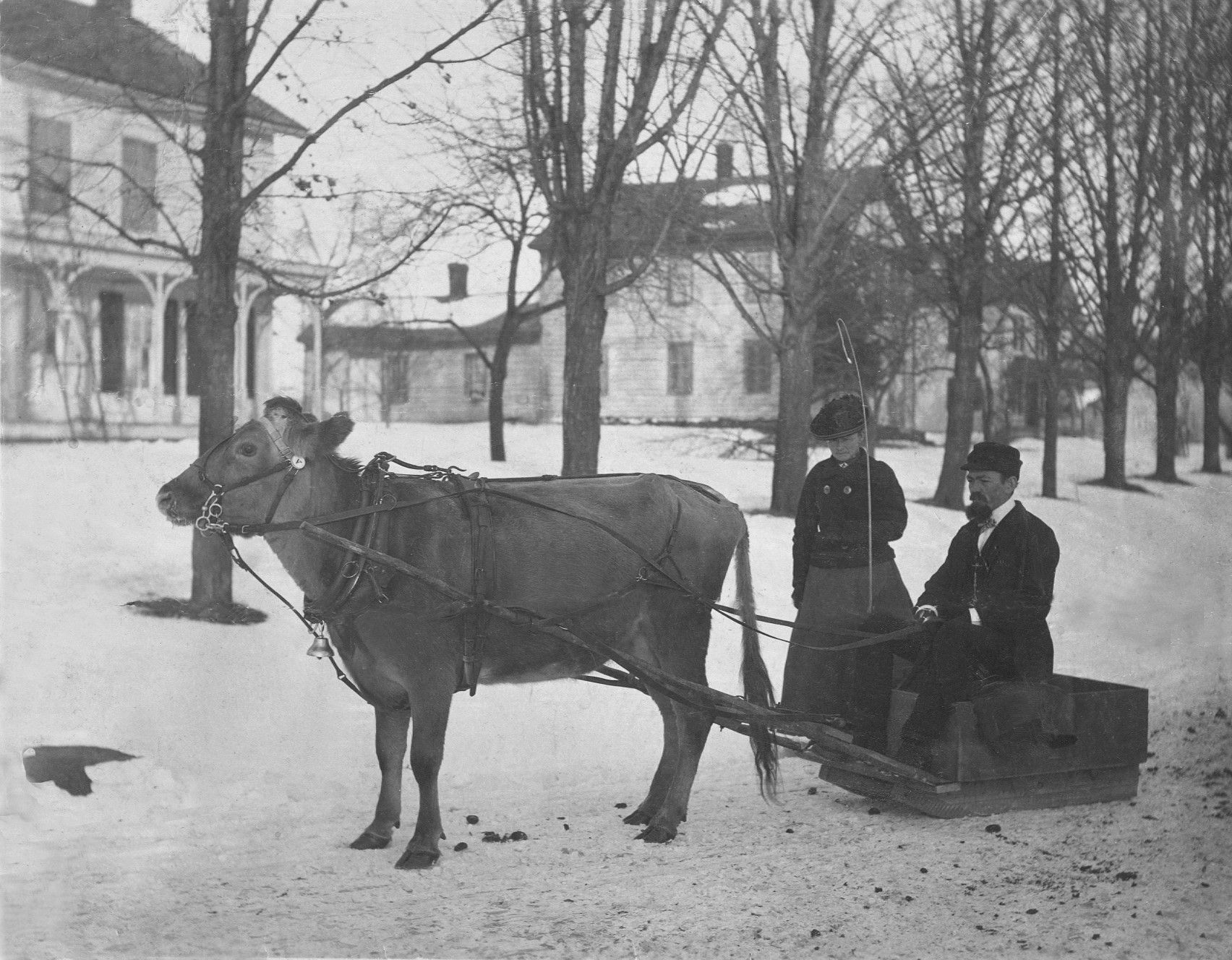
Most of the early residents were self-sustaining farmers. A thriving hub of supporting businesses and services quickly grew with doctors, dentists, lawyers, shoemakers, harness makers, blacksmiths, milliners, carpenters, dressmakers, groceries, post office, hotels, taverns, hardware stores, feed stores, a newspaper, drug store, mills, churches and schools.
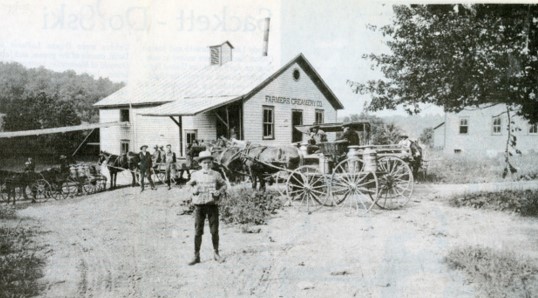
Later in the 19th century, dairy farming became the primary income source. Two creameries were operating in the town producing literally tons of butter and giving Jefferson the nickname “Buttertown.” Today, with only two dairy farms remaining, beef cattle and horses are more often seen in its acres of rolling pastures.
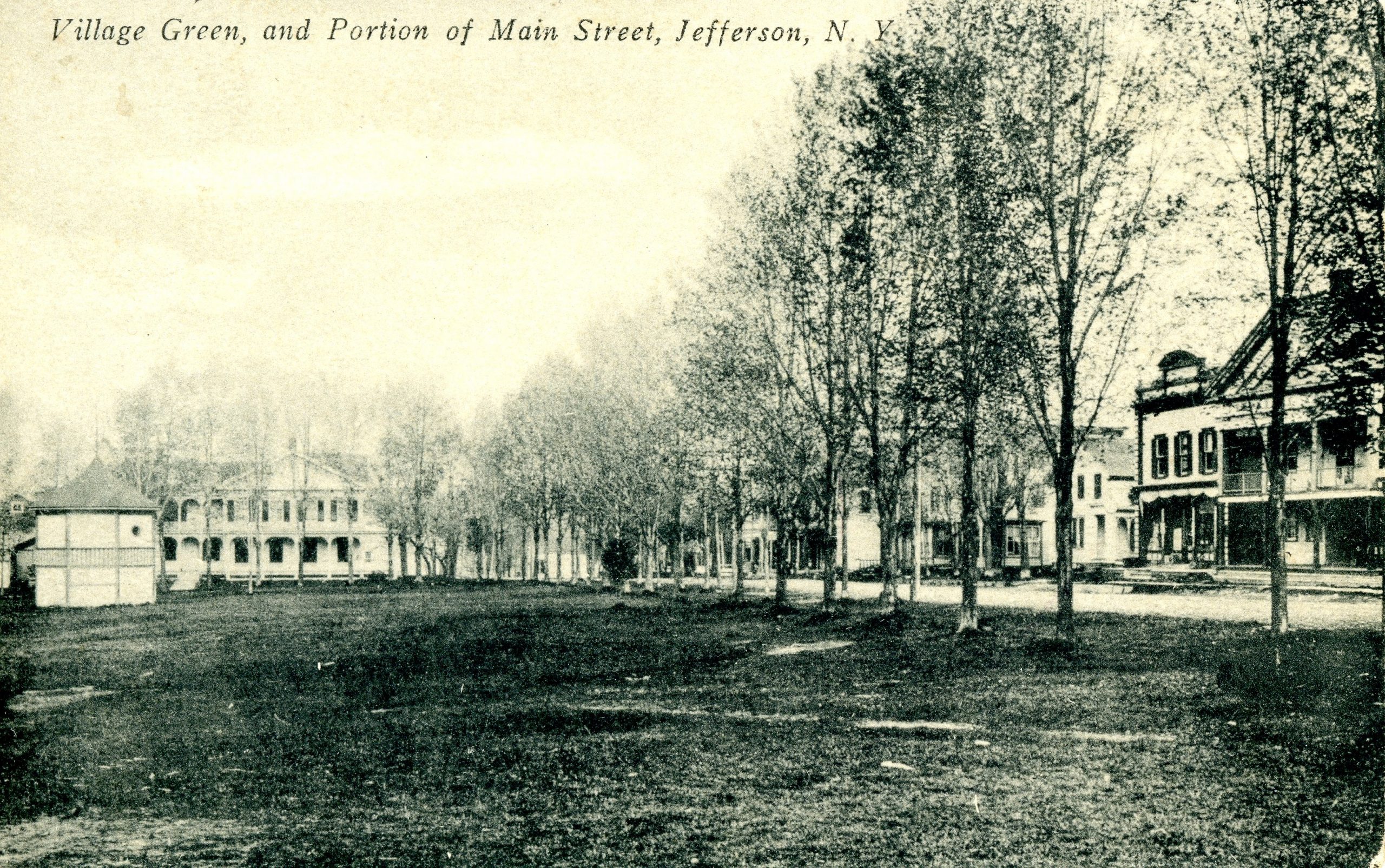
The Town Green in the center of Jefferson is reminiscent of those formed by English settlers in New England. The land was donated in 1817 by Col. Stephen Judd who was a veteran of the Revolutionary War. Judd also donated the adjacent land for an early academy as well as the old Jefferson cemetery north of Main St. The Green was originally used as a military training ground. In 1900 the Jefferson Cornet Band built a bandstand on the Green for their concerts and it remains as a focal point of the area today.

The cornet band was formed in 1879 and for decades played regular concert from the bandstand, in other local venues, and throughout the region.
The main business district of the town was along the north side of the Green and included several general stores, drug stores, jewelry businesses, millinery shops, a funeral parlor/furniture store, a meat market, a newspaper, physicians, a dentist/optometrist, lawyers, hardware stores, harness shops, and restaurants.
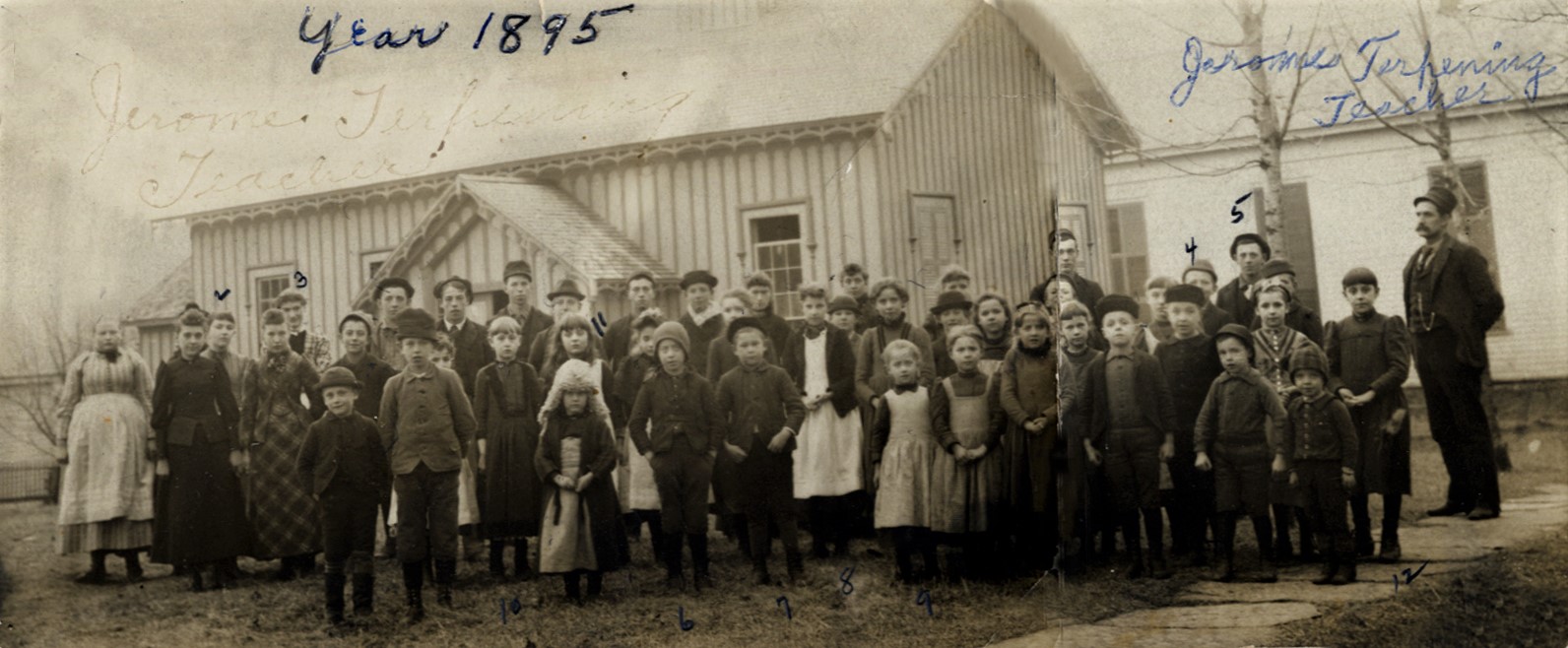
The west side of the Green featured a guest house and the 1837 Presbyterian Church. The first school in the hamlet was a log cabin on the Green. Later came the Jefferson Academy on the east side of the Green. It eventually was replaced by a two-room school, and later a large framed school.
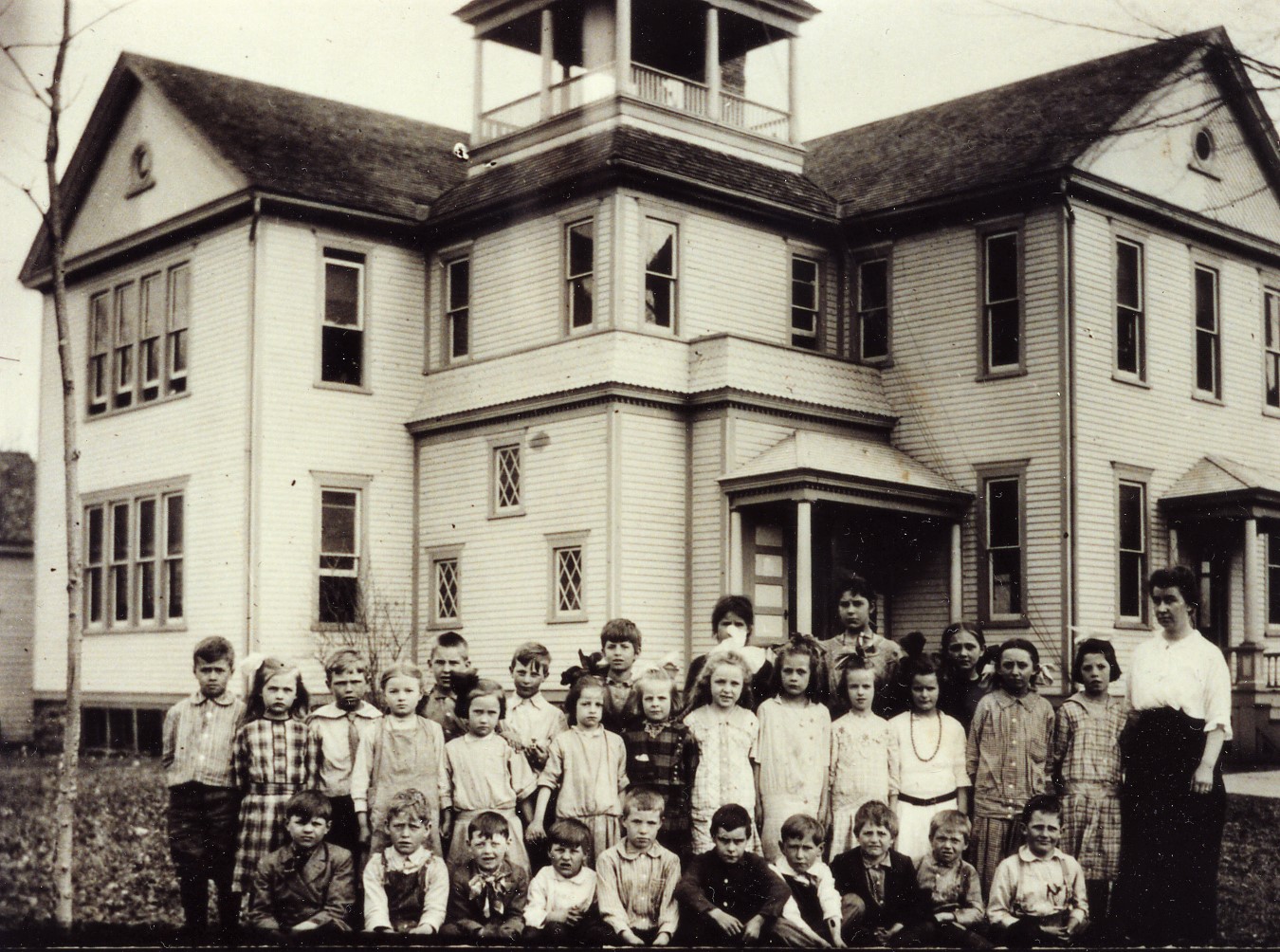
The Methodist Church which was built on the west end of Main St. was moved in the mid-1800s to the lot adjacent to the schools and later moved again to school site when the students moved to the new brick school farther to the east on Main St. On the south side was a building that served numerous businesses including hardware, a newspaper, a restaurant, and a billiards parlor.
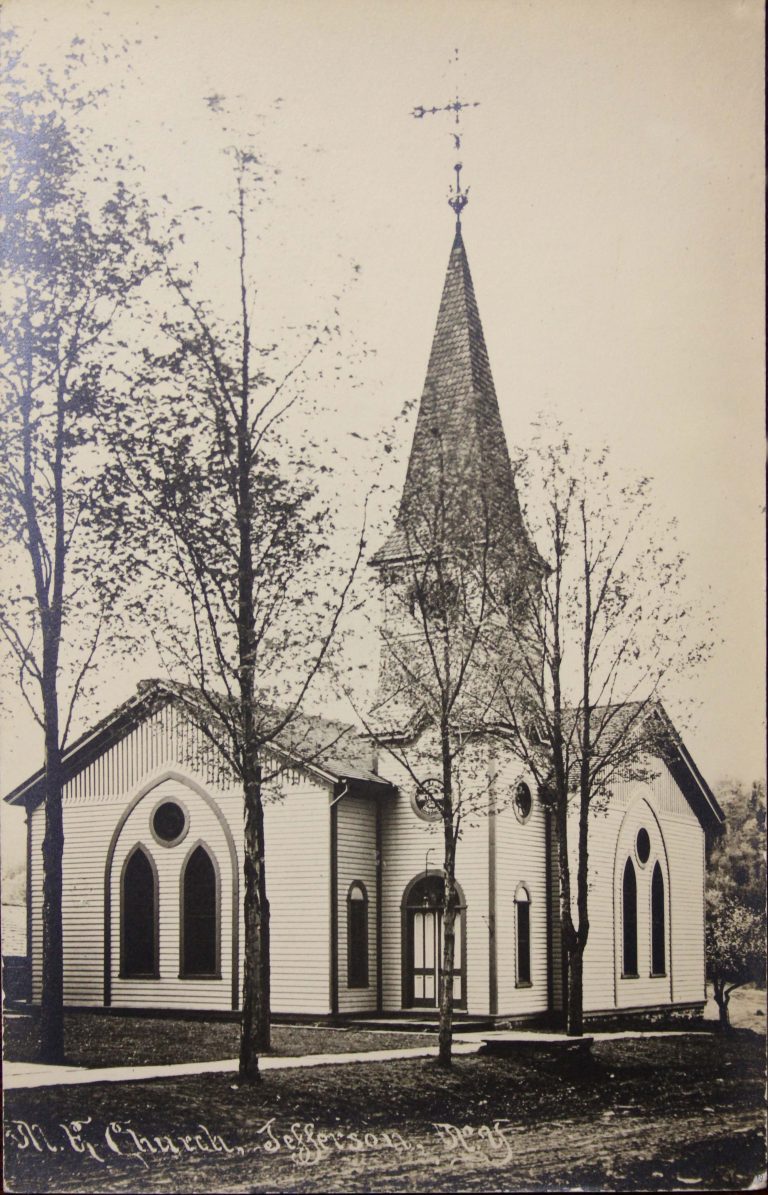
In 1912 an opera house was opened on that site. It was used for school plays, graduations, concerts, and later movies for many years. The town hall and fire hall were housed in the basement. Just to the east there was a tailor shop in the mid-1800s that later became a law office.
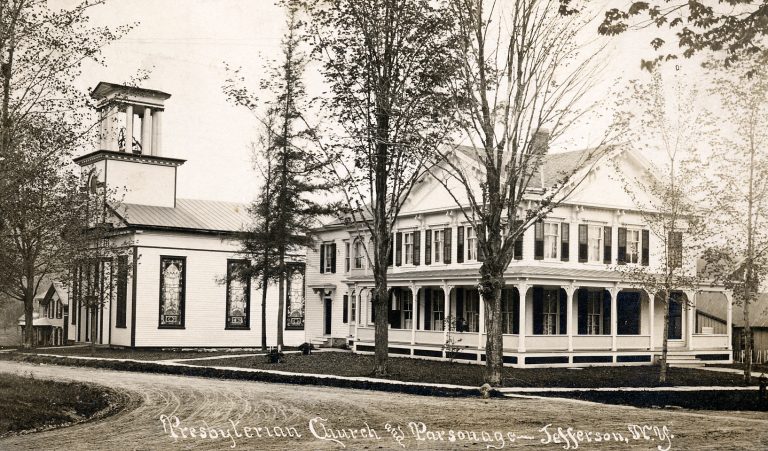
Today’s Jefferson features restaurants, inns, antique shops, auto repair businesses, fire department, a central school, post office, churches, and a Senior Center. Jeffersonians produce maple products, honey, soap, and other niche agricultural products often sold through online businesses and farmers markets.
A popular hunting, fishing, birdwatching and leaf-peeping destination, Jefferson includes three beautiful public areas. The 818-acre Clapper Hollow State Forest features hiking, snowmobiling & cross-country skiing trails. Paulson Preserve, 342 acres that straddle Jefferson and neighboring Summit, offers trails for hiking and wildlife observation.
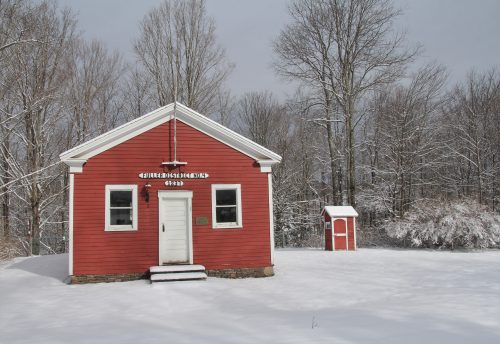
Jefferson’s newest public area is the Schoolhouse-Mill Trail, a nature walk that starts at the one-room Fuller District schoolhouse near Town Hall. Created by the Jefferson Historical Society in cooperation with the Town of Jefferson and with funding by a grant from the Schoharie County Soil and Water District, the trail features the ruins of an old steam mill, as well as native flora and fauna.
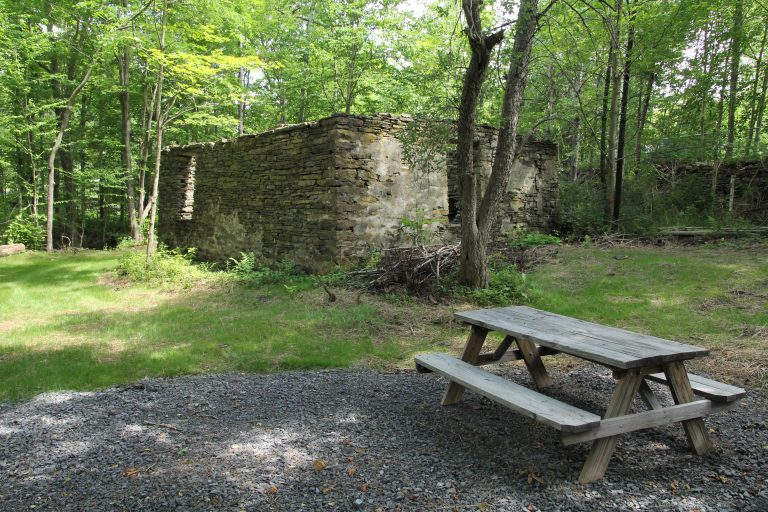
Jefferson Events

Saturday mornings, 9 – 12 from Memorial Day to Columbus Day
Featuring local producers of meat, eggs, maple products, honey,jams, pickles, granola, baked goods, griddle cake mix, natural soaps, fudge, herbs, fruit, veggies & more
- Concerts
- Lectures
- Alumni Reception
- History Day
- Open Mic Nights
- Main Street & Old Cemetery History Walks
*The above regularly scheduled events sponsored by the Jefferson Historical Society are currently cancelled or postponed due to the COVID-19 pandemic. Some of the planned concerts may be rescheduled. Please visit our Facebook page for the latest information on rescheduled events.
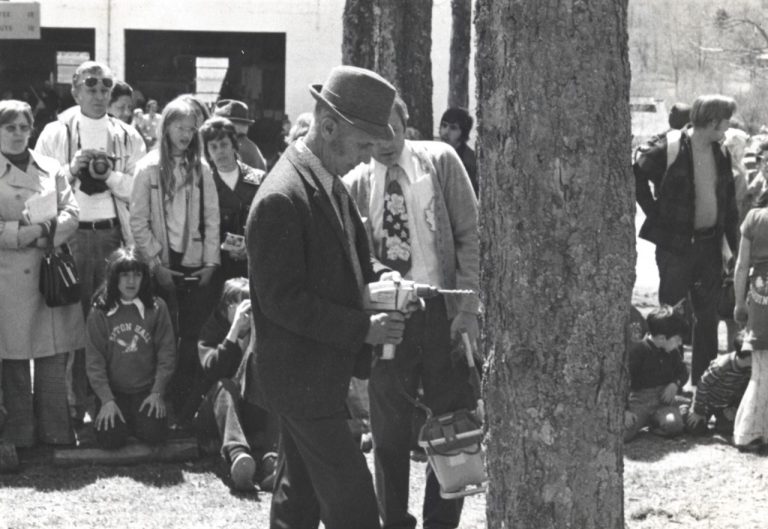
Jefferson celebrates Heritage Day on the second Saturday of July. However, Heritage Day 2020 is cancelled due to the pandemic.
Jefferson Historical Society
The Jefferson Historical Society meets on the first Tuesday of each month at 5:15 p.m. in the Maple Museum or Judd Hall. The meeting location is dependent on COVID virus conditions and the season.
The Jefferson Historical Society has published several books including three volumes of the popular Jefferson Then and Now series which features old photos of the town paired with new photos of the same scenes.
Keeping Up with the Jefferson Historical Society
Facebook: https://www.facebook.com/The-Jefferson-Historical-Society-309739662479973/
Website: TheJeffersonHistoricalSociety.com
Email address: historicalsocietyjefferson@gmail.com
Snail-mail address: PO Box 143, Jefferson 12093
*The Jefferson Historical Society Newsletter is published twice a year. Contact JHS to get on the mailing list.
Jefferson Historical Society Officers
Kevin Berner, President
Carol Bodnar, Vice President
Joan Powers, Secretary
Stephanie Ruquet, Treasurer
Jefferson Town Historian
Ingrid Zeman
